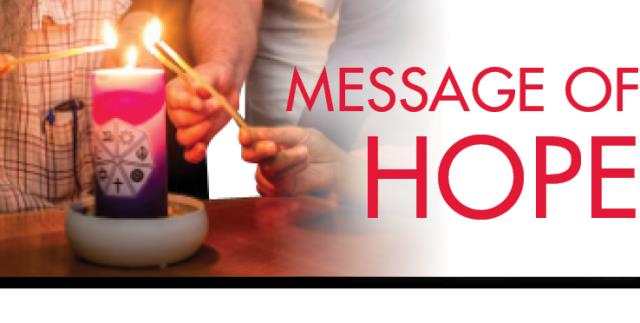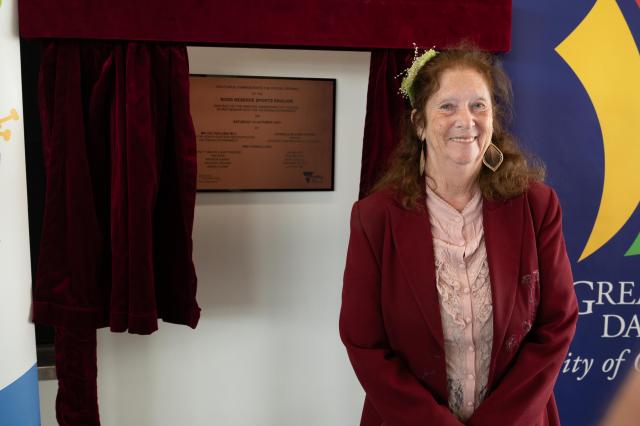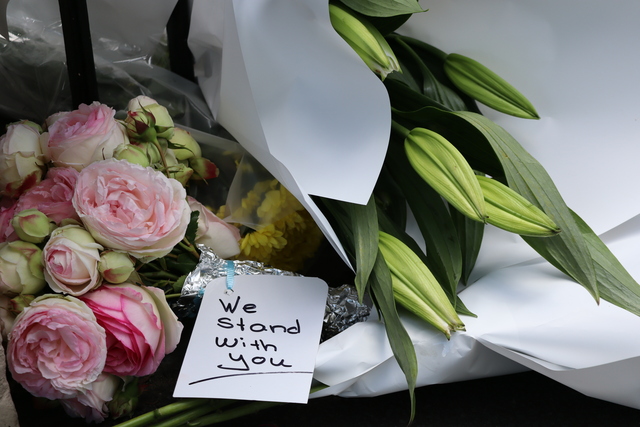The old and new testaments are a treasure trove of stories illuminating the path of hope in stark contrast to despite, applying to all faiths, religions and races.
These are the tails of faith, resilience and divine intervention designed to uplift our spirits and remind us of the unfailing love that as a people we should have all for each other.
In these messages of hope, I am putting forward some biblical perspectives.
The New Testament uses the verb Elpizo.
Just as the Old Testament emphasizes hope as trust, Paul writes about setting our hope on God.
A biblical name for hope is HaTikvah.
The Hebrew word for hope has a lot of meaning associated with it (the hope).
Hope that does not disappoint.
An ancient biblical name you don’t hear every day is Chislon, meaning both hope and trust.
The old English word from hope derived from the Middle English hope refers to a positive expectation or to the theological virtue of hope and was used by the Puritans.
Often called the Angel of Divine Visions or The Angel of Hope, Archangel Remiel is a figure of hope, divisions and guidance for souls.
The Story of Job – finding hope in suffering.
The Journey of Joseph.
The Faith of David.
The Healing Touch of Jesus.
The resurrection of Lazarus.
On an individual basis, we all hope for something positive.
Hope that our friend who is not well, is feeling better.
Hope that our children might get a better job or even that our plants will grow a little taller today.
The unfailing daily routine of nature, of sun, wind and water that sustains us brings us hope for the future.
But it is collective hope, the hope that we can all work together to understand, live together and achieve a lasting peace that sustains us all.
Enquiries regarding the City of Greater Dandenong Interfaith Network, administration@interfaithnetwork.org.au or 8774 7662.
Visit – interfaithnetwork.org.au/








